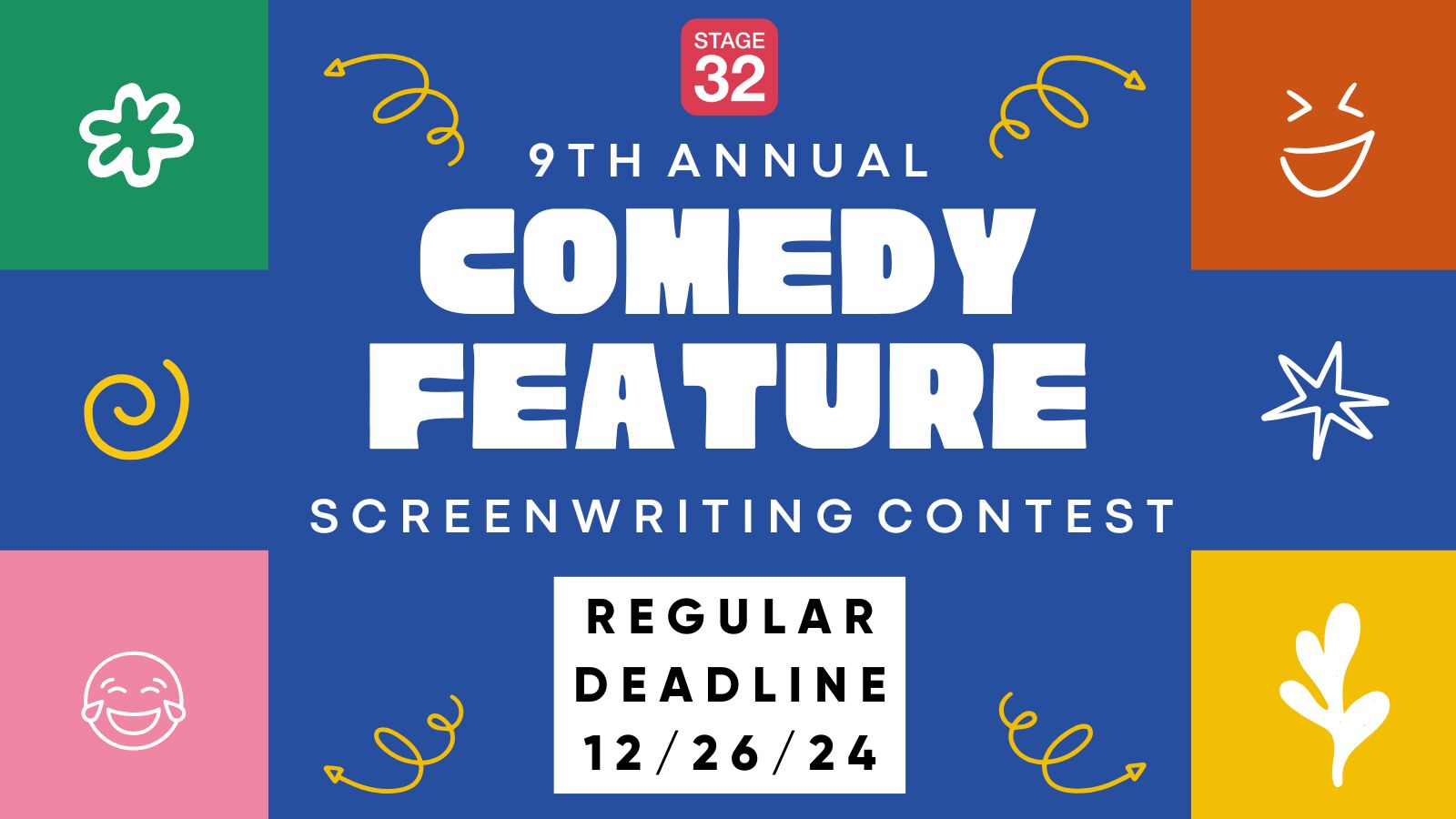Hello, there! What would be the best way to write a script which focuses exclusively on actions instead of dialogue? For example, for a short film idea, I'm looking to focus on how to character acts and expresses emotions. From a writers' viewpoint, how would that be achieved? I'm pretty curious to find out about some unique approaches to this kind of writing. Have a great day!
Best,
Jack Magwood.



2 people like this
Go watch any of the silent films available on YouTube - plenty of examples and inspiration.
3 people like this
Download the script to one of your favorite movies and read, ignoring the dialogue. See if you can follow along.
3 people like this
Just write it visually. Don’t get flowery.
3 people like this
I've written a silent short before. I think it's best to provide the emotion of the scene. Ultimately when it falls into the hands of the actors they will provide their own actions and expressions to convey that emotion so I never feel like I want to limit them by spelling out every look on their face or how they move, etc.
2 people like this
Jack Magwood cinema is movement.
Actions small and large, everything from basic theatrical "stage business" inherent to character on up to locomotion via walking, riding, driving, swimming, strolling, all over any arena of story (again must be organic and essential and intertwined with story and characters, not just filling screen time), and to transportation and transference among geographical locations in arena of story that are meaningful to characters and their needs and accomplishments, places both actual and metaphorical,
cinema is action, movement and travel, relationships among characters portrayed visually as they live active lives and pursue specific goals and retreat from forces that visibly oppose them.
One great way to do this all as a silent film is to spend about three months writing an outline that accomplishes all that and then write it as a silent film as Hitchcock suggested, and think of it as choreography,
show your cast where to go and what to do and know why but simply show, don't tell.
Tougher than it sounds sometimes, yet, and yet that is the foundation of the craft.
I can certainly recommend John Truby's "The Anatomy Of Story" as a workbook for this method if you have the time and the commitment.
4 people like this
This is a great thing to explore! I'd read the first 10 pages of the script for There Will Be Blood and check out the script for The Martian when he discovers he's alone and about to run out of oxygen (screenplayed coveres this with the script rolling next to the finished sequence form the movie which is very interesting to watch).
2 people like this
my go to script/movie is "Thief" by Michael Mann. First 10 pages/minutes and the main character says three words,
I would take extra time making sure the actions come across the way you intend them to (since you won't have dialogue to support the actions).
2 people like this
A Quiet Place (2018) is heavy action with minimal dialogue. The script PDF is probably online. That may be helpful if you're looking for an approach example.
1 person likes this
Read screenplays that didn't have much dialogue.
3 people like this
Check such scripts and see how it's done. One great example is Robert Redford's one man show "All is Lost". Script has virtually no written dialogue except some mayday comms.
2 people like this
I would recommend some acceptable methods for writing lots of action, such as the action-stacking methodology in The Screenwriter's Bible (David Trottier...available on Amazon) . You definitely want to avoid pages that are dense with nothing but text. Breaking up your action sequences into easily digestible segments helps keep things punchy without overwhelming the reader with words. Each segment is like a poem...it should have impact and carry interest on its own. When you string them all together, they should carry us forward with as much excitement as any snappy dialogue. And always remember, film is a visual medium, so you want to include lots of visuals.
3 people like this
I LOVE Ewan's suggestions. I would also absolutely add Robert Redford's All Is Lost to that list, in addition to much of No Country for Old Men (which is, hands down, my favorite movie of all time) & Gravity.
2 people like this
I've watched an exorbitant amount of TV in languages I can't understand, because of my wife. I find that even if I can't understand what the people are saying, I can usually figure out what's going on based on their actions. I'd say practice watching things either muted or in languages you can't understand and practice writing out screenplays based on what you saw and think about how that story is told without dialog from your perspective.
1 person likes this
Angela’s suggestions are great! All is Lost is a great example of watching a character “think” as he tries to figure out how he’s going to get out of his situation. Bob Hoskins has some good notes on how powerful this is to an audience from his performance in the finale of The Long Good Friday. A great way to engage and communicate with the audience.